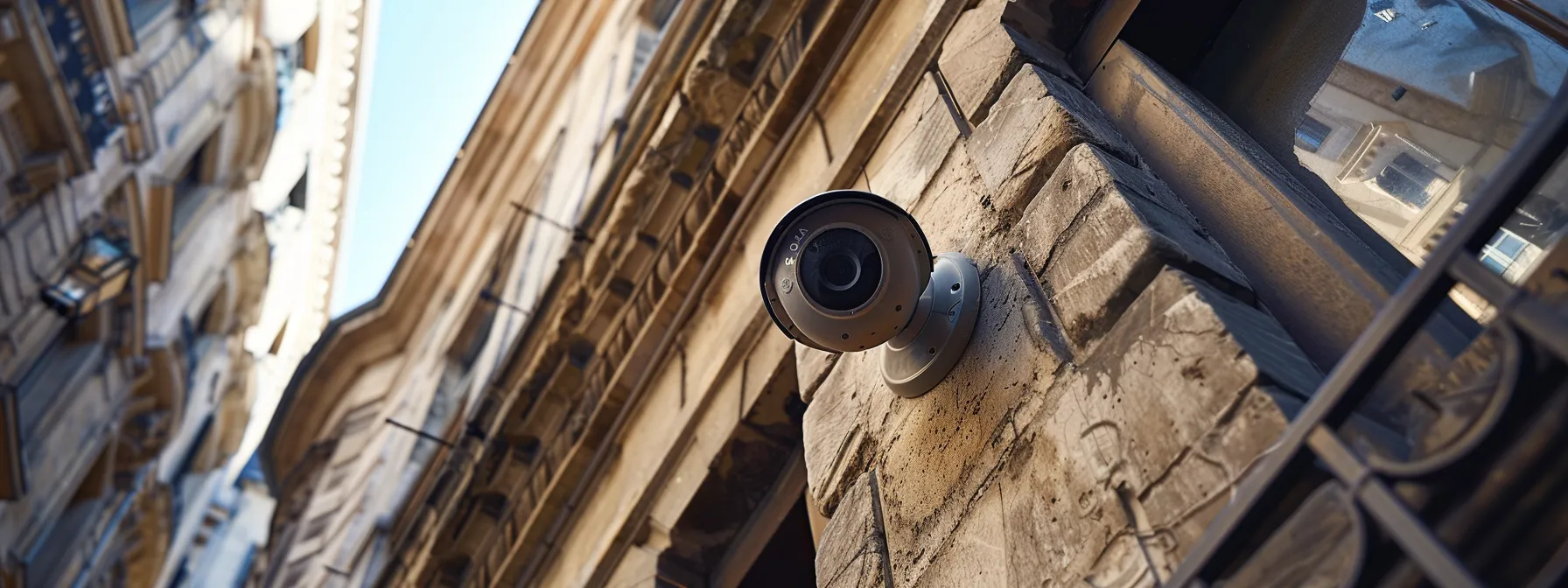Selecting the right type of camera is a critical decision for anyone invested in protecting their premises. With various models available, each offers distinct features and benefits tailored for specific uses. Understanding the differences among them helps ensure optimal security coverage and efficiency. In this article, readers will gain valuable insights into choosing the most appropriate camera system for their unique security needs.
Exploring Camera Types for Various Security Needs
Security systems utilize a multitude of camera types to address diverse monitoring objectives. Dome cameras, often installed in commercial spaces, offer 360-degree coverage, a discreet profile, and resilience against vandalism. Their inconspicuous appearance blends seamlessly with architectural elements, providing effective monitoring without drawing undue attention.
Varifocal cameras allow users to zoom in and out without forfeiting image clarity. This functionality adjusts focus, accommodating wide-angle views or close-ups as circumstances dictate. Opting for a varifocal camera means stakeholders have a versatile tool for varying security scenarios.
In contrast, fixed cameras serve best when a constant, unchanging field of view is necessary. Anchored with precise angle settings, these cameras present a reliable solution where comprehensive coverage of a desired area is paramount. They are widely appreciated for their straightforward operation and consistent performance.
A particular bullet security camera, known for its compact design and effective outdoor monitoring capabilities, stands apart for its ease of installation and directional control. These cameras are ideal for exterior use and withstand environmental challenges while delivering clear visual feeds across perimeters and other open spaces. Their design merges function with subtlety in robust housing, making them valuable in maintaining perimeter security.
Comparing Wired vs. Wireless Camera Systems

Wired security cameras are connected directly to a recording and storage device via cables, facilitating a stable and robust signal transfer. This direct connection often results in higher-quality video feeds that are less susceptible to interference than their wireless counterparts.
Wireless cameras eschew the complexity of cable runs by utilizing Wi-Fi or other radio frequencies to transmit video signals. The absence of physical connections affords users greater freedom in camera placement, and the simplicity of installation is particularly appealing in residential or historic settings where drilling holes for cabling is less desirable.
Despite the convenience wireless systems offer, they rely heavily on the strength and reliability of an existing network. Should this network encounter issues, the camera’s ability to function and communicate could be compromised, potentially leaving spaces unmonitored.
Contrarily, wired systems demand a more involved setup and potential disruption during installation, yet they generally deliver uninterrupted service. Their performance remains independent of network variability, granting consistent monitoring assurance for critical applications with non-negotiable stability.
Choosing Between Indoor and Outdoor Security Cameras
Indoor security cameras are designed to blend seamlessly into their environment, often adopting compact and less conspicuous forms to maintain the aesthetic integrity of the interior space while providing close-range monitoring capabilities.
On the other hand, outdoor security cameras are constructed to withstand external elements, featuring robust casings for protection against weather conditions, dirt, and potential tampering. These features are essential for maintaining their performance integrity in various climates.
The choice between indoor and outdoor cameras hinges on the specific monitoring objectives, with indoor options focusing on detailed, immediate space observation and outdoor models offering broader, perimeter-focused coverage to detect external threats.
Operational factors such as lighting conditions, temperature ranges, and potential exposure to moisture also play a crucial role in determining the suitable type of security camera required to ensure consistent, high-quality video capture in its intended operational context.
Overall, selecting the right type of security camera involves carefully considering various factors, including the specific monitoring needs, installation environment, and desired features. By understanding the distinctions between camera types and systems, users can make informed decisions to achieve optimal security and performance tailored to their unique requirements.

